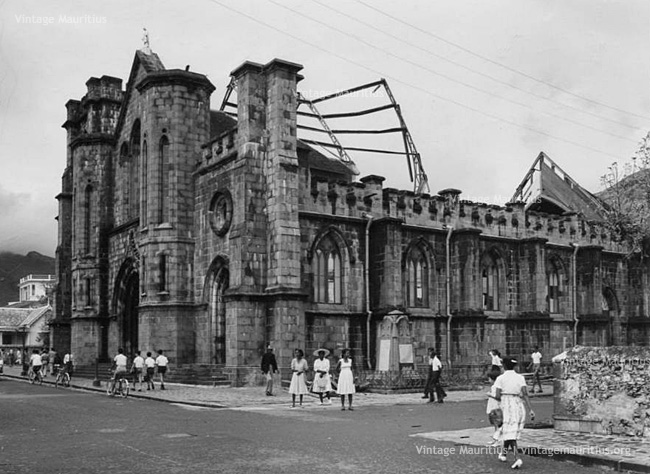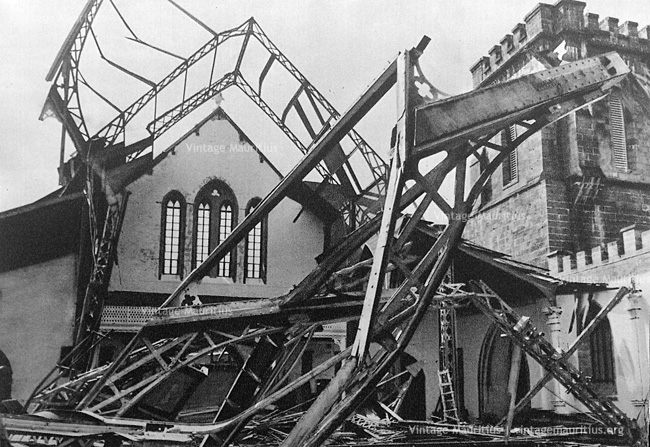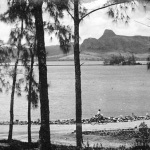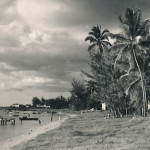
Port Louis – Immaculate Conception Church – Cyclone Jenny – 1962
Mauritius, being a tropical island in the Indian Ocean, is known for its beautiful climate and sandy beaches. The climatic aspect of the country is emphasized by its warm and dry winter from May to November, and hot and wet humid summer from November to May. Anti-cyclones affect the island from May to September and cyclones from November to April. Since the first settlements till now, Cyclones have been of a major consideration and has even made history. One of the reasons why the Dutch gave up on colonising the island was because of the frequent devastating cyclones.
Among the various cyclones that visited the island, Cyclone Jenny was among those which left quite some bad souvenirs. The cyclone started to develop on 26th February 1962 at around 22hr and on the 27th the cyclone passed 30km off the north coast of Mauritius with a maximum speed of 235km/hr. At this distance, the cyclone was a definite threat; 14 deaths, hundreds injured, 8000 homeless, and other considerable damage to the north part of the island. Cyclone Jenny was among the top 5 worst cyclones the country had faced.
One of the remembered events during the passage of Cyclone Jenny was when the roof of the Immaculate Conception Church in Port Louis was blown off, and at the same time the crumbling of the Immaculate Conception school. The picture above shows the outer view of the church with the roof severely damaged. From the inside the view was as spectacular as dangerous.

Cyclone Jenny – Immaculate Conception Church – Port Louis – Inside – 1962





